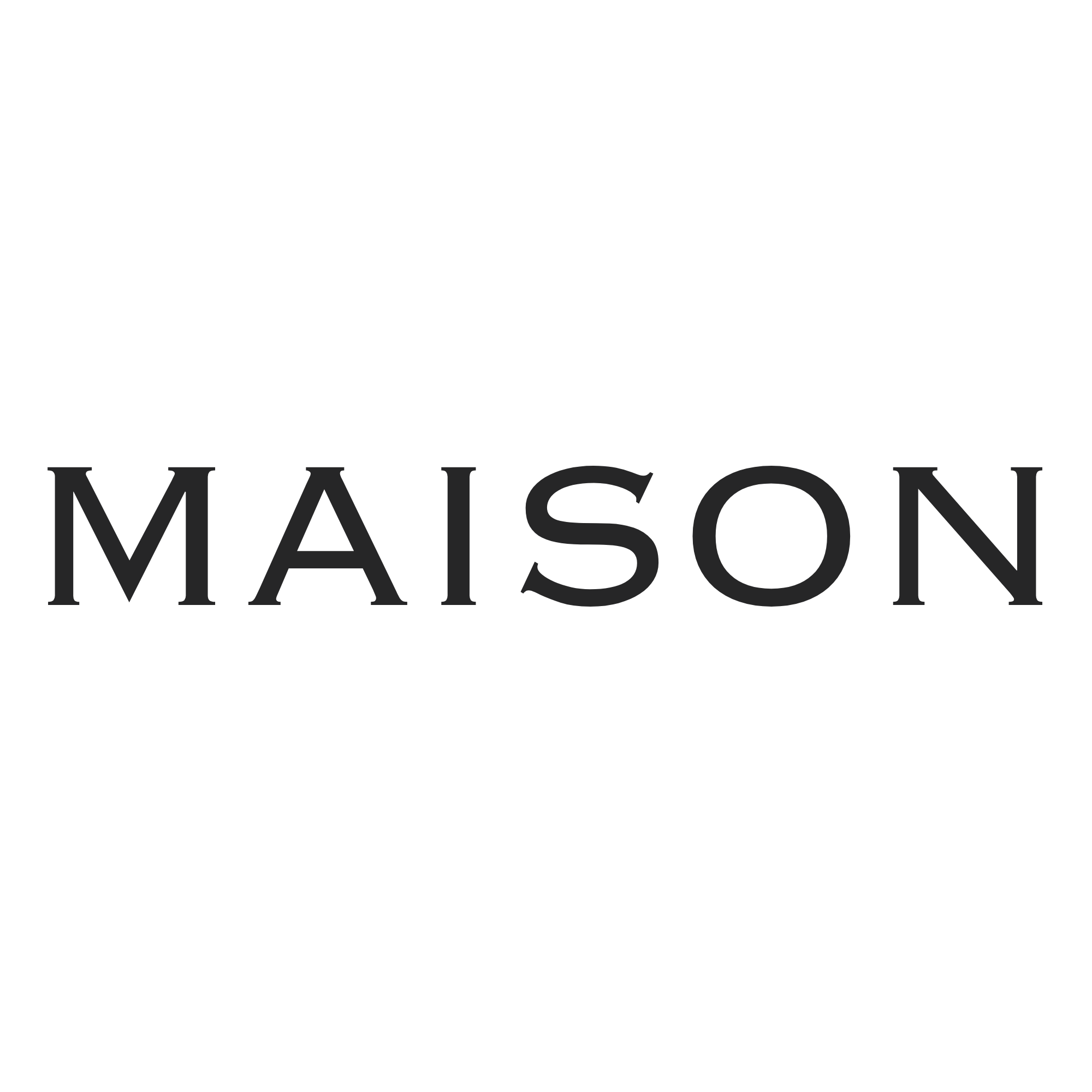Unlocking Cultural Cycles to Perfect Your Launch Timing
Building upon the foundation laid in How History and Psychology Influence Optimal Launch Days, it becomes evident that timing strategies extend beyond individual psychological patterns to encompass broader cultural rhythms. Recognizing and harnessing these collective societal cycles can significantly enhance the impact and success of your product or campaign launch. This article delves into how understanding cultural cycles—rooted in history and societal values—can refine your timing approach, creating a more resonant and effective market entry.
Recap of How Individual Psychology Influences Launch Timing
Previously, we explored how personal psychological states—such as optimism, risk tolerance, and mood cycles—affect consumer receptiveness at specific times. For instance, periods of heightened confidence or positivity within individuals often correlate with increased openness to new products, making these moments prime for launches. Such psychological patterns are often aligned with seasonal moods, economic confidence, or personal milestones, forming a micro-level timing framework.
Transition to Collective Cultural Cycles in Timing Strategies
While individual psychology provides valuable insights, understanding collective cultural cycles offers a macro-level perspective. These cycles—shaped by historical events, traditions, and societal values—create predictable patterns that influence consumer behavior over longer periods. For example, cultural festivals, seasonal holidays, and social movements generate natural peaks and troughs in market activity, which, if tapped into appropriately, can amplify the success of your launch.
Overview of the Importance of Understanding Broader Societal Patterns
Integrating societal patterns into your timing strategy ensures your offerings resonate more deeply. It aligns your message with the prevailing cultural mood, making it more relevant and engaging. Moreover, it helps avoid mismatched launches that can be overshadowed by competing cultural events or societal shifts, thereby optimizing your resource allocation and maximizing impact.
Historical Roots of Cultural Rhythms and Traditions
Cultural cycles often originate from historical events, religious traditions, or shared societal experiences that recur annually or periodically. For example, harvest festivals trace back to agrarian societies, while national holidays commemorate pivotal historical moments. These traditions embed themselves into societal consciousness, creating predictable patterns that influence consumer behavior for generations.
How Societal Values and Collective Experiences Shape Cyclical Behaviors
Societal values—such as emphasis on family, innovation, or tradition—dictate when people are most receptive to certain messages. Collective experiences, like economic booms or crises, also imprint lasting effects on cultural cycles. For instance, periods of economic prosperity often lead to increased consumer confidence and spending during specific times, which brands can leverage for launches.
Examples of Enduring Cultural Cycles Impacting Consumer Behavior
- Chinese New Year, which consistently drives retail activity in Asia and globally through associated festivities and gift-giving traditions.
- Black Friday and Cyber Monday in Western markets, aligned with post-Thanksgiving shopping surges.
- Diwali in India, catalyzing a significant increase in consumer spending during the festival season.
Methods for Analyzing Cultural Patterns Within Specific Markets
Effective analysis combines quantitative data—such as sales spikes around certain dates—with qualitative insights from ethnographic research, social media sentiment, and historical calendars. Tools like Google Trends, social listening platforms, and cultural calendars help identify recurring patterns and emerging shifts.
Recognizing Recurring Festivals, Holidays, and Social Phenomena
Mapping out key cultural events relevant to your market allows you to plan launches around these peaks. For instance, launching a new tech gadget just before Black Friday capitalizes on the shopping frenzy, while fashion brands might sync collections with Fashion Weeks or local festivals.
Distinguishing Between Short-Term Trends and Long-Term Cultural Shifts
While short-term trends can be driven by viral movements or social media hype, long-term shifts—such as increased environmental consciousness or demographic changes—require strategic planning over years. Recognizing these patterns ensures your launch remains relevant and adaptable.
Aligning Product or Campaign Launches with Cultural Peaks and Troughs
Timing your launch to coincide with cultural peaks—such as festivals, national holidays, or seasonal events—amplifies visibility and consumer engagement. Conversely, avoiding trough periods, when the cultural mood is subdued, can prevent your message from being overshadowed.
Leveraging Cultural Narratives to Enhance Relevance and Resonance
Embedding your product story within the cultural context makes messaging more compelling. For example, emphasizing themes of renewal during New Year celebrations or community during national holidays can strengthen emotional connections.
Timing Considerations for Global Versus Local Cultural Cycles
Global brands must synchronize launches across multiple cultural calendars, balancing local relevance with international timing. For instance, a global campaign might target Christmas in Western countries while aligning with Lunar New Year festivities in Asia, ensuring maximum resonance.
Examples from Entertainment, Retail, and Technology Sectors
In the entertainment industry, movie studios often release blockbusters during culturally significant periods like summer or holiday seasons, leveraging high audience availability. Retailers plan major sales around Black Friday and Christmas, aligning with consumer shopping cycles. Technology companies time product launches around major trade shows or tech festivals, synchronizing with industry-specific cultural calendars.
Analysis of Timing Strategies That Capitalized on Cultural Cycles
Apple’s launch of new iPhones often coincides with key shopping periods, maximizing sales. Nike’s strategic releases during major sports events like the Olympics or World Cup leverage cultural enthusiasm and collective engagement. These timing decisions are rooted in an understanding of cultural cycles and societal rhythms.
Lessons Learned from Misaligned Launches and Their Repercussions
Disregarding cultural cycles can lead to poor sales and negative brand perception. For example, launching a product during a national mourning period or a socio-political upheaval can result in low visibility and consumer indifference. Recognizing and respecting cultural sensitivities is essential for strategic timing.
Data Sources: Social Media Trends, Historical Calendars, Ethnographic Research
Utilize social media analytics to detect trending topics and sentiment shifts. Historical calendars and cultural event databases help identify recurring patterns. Ethnographic research provides deep cultural insights, revealing underlying societal values that influence cycles.
Analytical Frameworks for Detecting Cyclical Patterns
Employ time-series analysis and cluster analysis to uncover cyclical behaviors. Combining quantitative data with qualitative cultural insights yields a comprehensive understanding. Tools like SPSS, Tableau, or cultural mapping software can facilitate this process.
Integrating Cultural Insights into Overall Launch Planning
Incorporate cultural cycle analysis into your strategic roadmap. Schedule milestones around identified peaks, craft culturally resonant messaging, and prepare contingency plans for unexpected shifts. This holistic approach ensures your launch aligns with societal rhythms for maximum efficacy.
Navigating Cultural Diversity Within Global Markets
Global brands face the challenge of aligning launches with diverse cultural calendars. Local market research and regional experts are vital for understanding specific societal rhythms, preventing cultural blunders, and ensuring relevance across different customer segments.
Dealing with Unpredictable Shifts or Disruptions in Cultural Patterns
Unforeseen events—such as political upheavals, natural disasters, or pandemics—can disrupt established cycles. Maintaining flexibility, monitoring cultural indicators continuously, and having adaptive plans are essential to respond effectively.
Balancing Cultural Timing with Other Strategic Factors
Timing decisions must harmonize with supply chain logistics, product readiness, and competitive actions. Prioritizing cultural alignment without neglecting operational constraints ensures a coherent and successful launch.
How Cultural Rhythms Influence Subconscious Consumer Responses
Cultural cycles shape collective subconscious cues—such as symbols, narratives, and rituals—that influence consumer perceptions. For example, during national celebrations, messages that evoke patriotic pride resonate more deeply, subtly guiding preferences and trust.
Enhancing Psychological Impact Through Culturally Aligned Messaging
Aligning your messaging with cultural narratives amplifies emotional engagement. For instance, emphasizing community and togetherness during festivals fosters a sense of belonging, increasing brand affinity.
Creating a Harmonious Blend of Cultural Timing and Psychological Cues
Integrating cultural calendar insights with psychological triggers—such as nostalgia, aspiration, or security—creates a powerful combination. This synergy ensures your launch not only reaches the audience but also moves their subconscious motivations.
Connecting Cultural Cycles with Historical Patterns of Societal Change
Historical events often set the stage for recurring cultural cycles. Recognizing these patterns allows strategists to anticipate societal moods—such as optimism after recovery from a crisis or caution during turbulent times—and align launches accordingly.
Understanding Collective Psychology Through Cultural Shifts
Cultural shifts mirror collective psychological states—ranging from fear to hope, conformity to rebellion. By studying these shifts, brands can craft timing strategies that tap into prevailing societal emotions, thereby enhancing acceptance and engagement.
Reinforcing the Importance of Integrating History, Psychology, and Cultural Insights for Optimal Launch Timing
The most effective timing strategies emerge from a holistic understanding of how historical contexts, societal psychology, and cultural cycles intertwine. This integration fosters a nuanced approach—anticipating societal moods, aligning with cultural moments, and resonating on a subconscious level—ultimately leading to more successful launches.






Leave a Reply